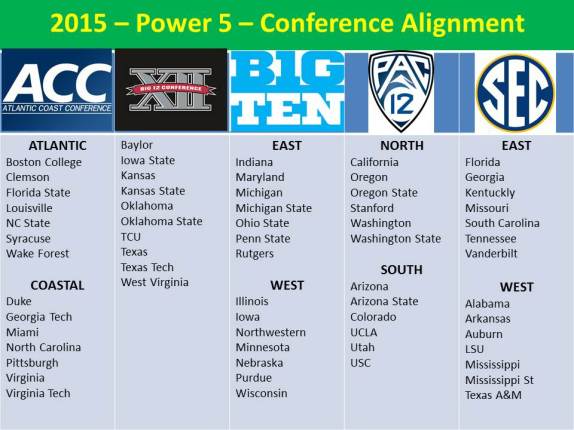When SOD was a young boy (yes, I once was a young boy) I read and became enamored with the story about Nile Kinnick. Nile was a football player who attended the University of Iowa after not making the football squad at Minnesota. Nile helped the Hawkeyes rise to prominence in the Big Ten culminating with a Heisman Trophy winning senior year in 1939. Nile was also an accomplished student and is known for giving one of the most notable Heisman acceptance speeches of all time. Following his Heisman speech, one sports writer was moved to write, “The country is OK as long as it produces Nile Kinnicks. The football part is incidental.”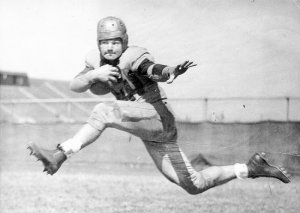
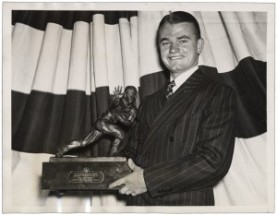
Following graduation, Nile passed on his chance to play in the NFL opting, instead, to continue his education in law at Iowa. Nile then joined the Naval Air Corps Reserve and reported for duty just three days before the Japanese attack on Pearl Harbor. While flying on an aircraft carrier training mission off the coast of Venezuela on June 2, 1943, Nile experienced engine trouble and tried an emergency landing in the water as opposed to on the deck of the USS Lexington so as not to endanger the lives of the men on board that ship. Nile’s body was never recovered. He was 24.
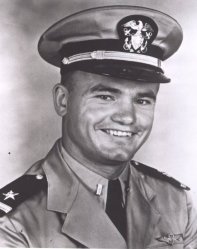
Nile Kinnick’s likeness now adorns the face of the coin tossed at the start of every Big Ten football game and, in 1972, the University of Iowa named their football stadium after this fallen hero – the only Heisman Award Winner from the university.
The story of Nile Kinnick stuck with me throughout the years, so I was always aware of the legacy behind Iowa’s Nile Kinnick Stadium. But, I wondered, how many other FBS stadiums are named after former football players for their university?
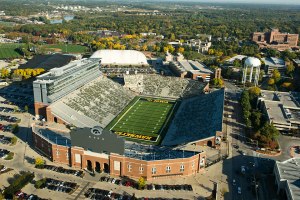
So, through very unscientific research, SOD decided to find out. Here is the result of my research, relying solely on my internet searching skills – so, take the accuracy in what I report as you will.
I tried looking into the official name for every FBS stadium. Many of the stadium’s official name also includes a name for the field itself, such as So-and-So Field at Such-and-Such Stadium. In the cases where either or both contained a person’s name, I tried to research the background on both names.
A relatively large number of fields/stadiums are named after accomplished coaches and or Athletic Directors from those schools. Also, a significant number of the fields/stadiums are, of course, named after a prominent benefactor who helped fund the project to either build or significantly renovate the facilities. And, as a sign of the changing world we live in, there are also a number of fields/stadiums named after companies or organizations that paid large sums of money for the naming rights. I know this is a sign of the times (pun unintended) but SOD is not a fan of this unfortunate trend.
SOD did find, however, a few fields/stadiums that are, like Kinnick Stadium, named after a former football player. Here is what SOD found:
Capital One Field at Byrd Stadium – University of Maryland. 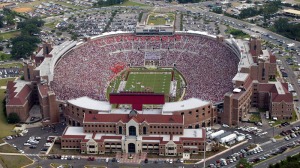
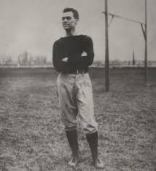
Byrd Stadium is named after Harry Clifton “Curley” Byrd who played football (amongst other varsity sports) at the Maryland Agricultural College (now, the University of Maryland) from 1905 – 1908. The stadium, however, does not bear Byrd’s name because of his football prowess, but because Curley Byrd became much more than that at Maryland throughout his illustrious career. After continuing his education, and athletic careers (there were no eligibility limits at that time) elsewhere, Byrd returned to Maryland where he taught English and History while also coaching football, baseball and track. Byrd eventually assumed the position of Athletic Director and, later, became the President of the University. Interestingly enough, while serving as President, Byrd hired Paul “Bear” Bryant to his first Head Coaching position. But, the two men did not get along and Coach Bryant moved on to make a name for himself elsewhere. In the final tally, Curly Byrd had coached the Maryland football team from 1911 – 1934 with a record of 119-82-15; coached the Maryland baseball team from 1913 – 1923, amassing a record of 88-73-4; and, served as President from 1936 – 1954.
Davis Wade Stadium at Scott Field – Mississippi State University. 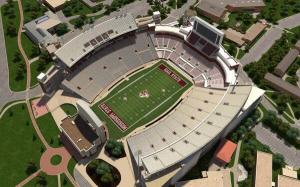
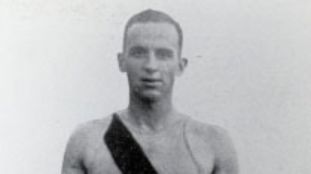
The official name of the football facility at Mississippi State is Davis Wade Stadium at Scott Field. The “Davis Wade Stadium” part of the name is in honor of longtime MSU supporter Floyd Davis Wade who helped finance a large expansion to the stadium. But, the “Scott Field” part of the name is named after one of the University’s football stars and Olympic athlete, Don Magruder Scott. Scott starred on the MSU football team from 1915-1916 prior to participating in the 1920 Summer Olympics, running the 800 meters event, and the 1924 Olympics in the modern pentathlon.
Jack Trice Stadium – Iowa State University.
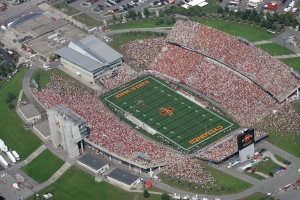
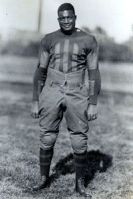
Jack Trice was a football player for the Iowa State Cyclones in 1923. Trice was Iowa State’s first African American athlete. During a football game played on October 6, 1923 against the Minnesota Golden Gophers, Trice broke his collarbone early in the contest but insisted he was okay and returned to the game. Later in the game, Trice was removed, once again, and, this time, sent to a Minneapolis hospital. Trice was bandaged up and sent back to Ames, Iowa with the rest of the football team. Two days later, the young man died from hemorrhaged lungs and internal bleeding resulting from his football injuries. There were cries of foul play from some of the Iowa State players, claiming Trice was targeted throughout the game because of his skin color, but no official investigation was undertaken. In 1975 the football playing field was named in honor of Jack Trice. The facility itself was known as Cyclone Stadium until 1997 when it was renamed Jack Trice Stadium due to persistent requests from the student body. Jack Trice Stadium is the only FBS Stadium named for an African American individual.
Jordan-Hare Stadium – Auburn University.
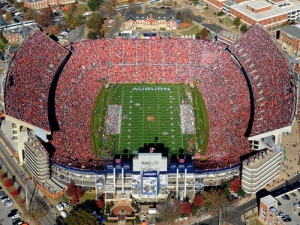
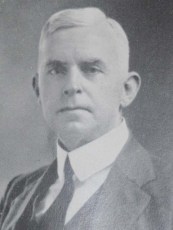
The “Jordan” part of Jordan-Hare Stadium is named after the winningest coach at Auburn, Ralph “Shug” Jordan; and, the “Hare” part is named after Cliff Hare, a member of Auburn’s first football team who then went on to become the Dean of the Auburn University School of Chemistry and President of the Southern Conference. Hare began his long-time relationship with Auburn back in 1888 when the institution was known as Alabama Polytechnic Institute (API). Not only is Clifford Hare honored by sharing the name of the football stadium, but his legacy is remembered through the Clifford Hare Award, the highest honor an Auburn athlete can achieve. The Clifford Hare Award is inscribed with his quote; “Athletics makes men strong, study makes men wise, and character makes men great.”
James Gamble Nippert Memorial Stadium – University of Cincinnati. 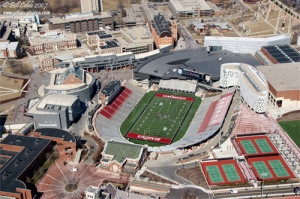
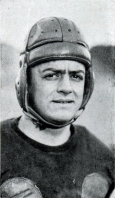
Like Jack Trice Stadium, Cincinnati’s Nippert Stadium is named in honor of a young man who died as a result of injuries sustained while playing this great game of football for his university. During the final game of the 1923 season, against intrastate rival Miami University, UC footballer James Nippert sustained, what appeared to be, a minor spike injury. One month later, the young man died from blood poisoning suspected to have been the result of infections received through chicken droppings from a chicken race held prior to the game in which James was injured. Nippert’s grandfather, James Gamble of Proctor and Gamble, donated a large sum of money to help with the completion of Cincinnati’s football stadium being built at that time. The structure, completed in 1924 was named the James Gamble Nippert Memorial Stadium.
Merlin Olsen Field at Romney Stadium – Utah State University. 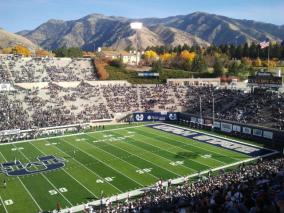
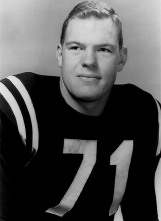
Romney Stadium is named after Utah State’s most successful football coach and former athletic director, Dick Romney. But, as of 2009, the official name of this structure became Merlin Olsen Field at Romney Stadium in honor of Utah State’s football player Merlin Olsen whose bust now resides in the College Football and NFL Halls of Fame. Olsen was a three-year lettermen playing defensive end at Utah State where he graduated in 1962. Olsen was a first round (3rd pick) draft choice of the Los Angeles Rams where he played for 15 years. Olsen also earned a Master’s degree from Utah State in Economics in 1971 and was later awarded an honorary doctorate degree in business. After his illustrious football career, Olsen continued to receive notoriety as a broadcaster and actor. Olsen is a favorite son of Utah, hailing from Ogden, and will always be remembered as one of Utah State’s greatest alumnus.
Honorable Mention
Michie Stadium – Army. Michie Statdium, on the campus of the U.S. Military Academy is named after Dennis Michie who was instrumental in starting the football program at the Academy. Michie, while still a cadet, helped organize manage and coach the first Army football team in 1890, but SOD could not find any evidence that he actually played on that team. Michie was killed in Cuba during the Spanish-American War six years after graduating from the Academy.
William-Brice Stadium – University of South Carolina. Technically, William-Brice Stadium is named after Martha William-Brice who left a large sum of money in her estate to USC for the renovation of their football stadium. It is mentioned here, however, because Martha William-Brice’s commitment to USC was in no small part the result of the fact that her late husband, Thomas Brice played football for USC from 1922 – 1924. William-Brice Stadium is one of only two FBS stadiums named after a woman – the other being Marshall University’s Joan C. Edwards Stadium.
Interesting Notes
Many FBS stadiums still in use today were originally constructed during or immediately after U.S. Wars and still a number of them still bear the name Memorial Stadium. The football stadiums at Clemson, Illinois, Indiana, Kansas, and Nebraska are all called Memorial Stadium; and, the stadium at Arkansas is known as War Memorial Stadium.
Interestingly enough, SOD also found two FBS football stadiums that are actually named after men who graduated from a rival school. Oregon’s Autzen Stadium is named after philanthropist Thomas Autzen who graduated from Oregon State University. Autzen’s foundation was a large donor to the stadium project, linked to the fact that his son attended Oregon in the late 1930’s and early 1940’s. And, Washington State University’s Martin Stadium is named after Washington University graduate, Clarence Martin who went on to become governor of the state of Washington. Clarence Martin’s son, Dan made a large donation in support of the stadium project and Dan’s widow made several donations throughout the years.
Disclaimer
SOD may have, of course, missed a few. There were a couple stadium names for which I could not find any information on the origin of the name. And, some of the coaches and athletic directors that stadiums are named after may also have played football there, but SOD could not find evidence of that fact.
There are also a number of football structures that have plazas or wings or other facilities somehow linked to the stadium that bear the name of a past player, but, SOD tried to keep his research centric to the playing field and stadium itself.
All in all, this was a fun project and SOD actually learned a little bit more about the history of this great game.
